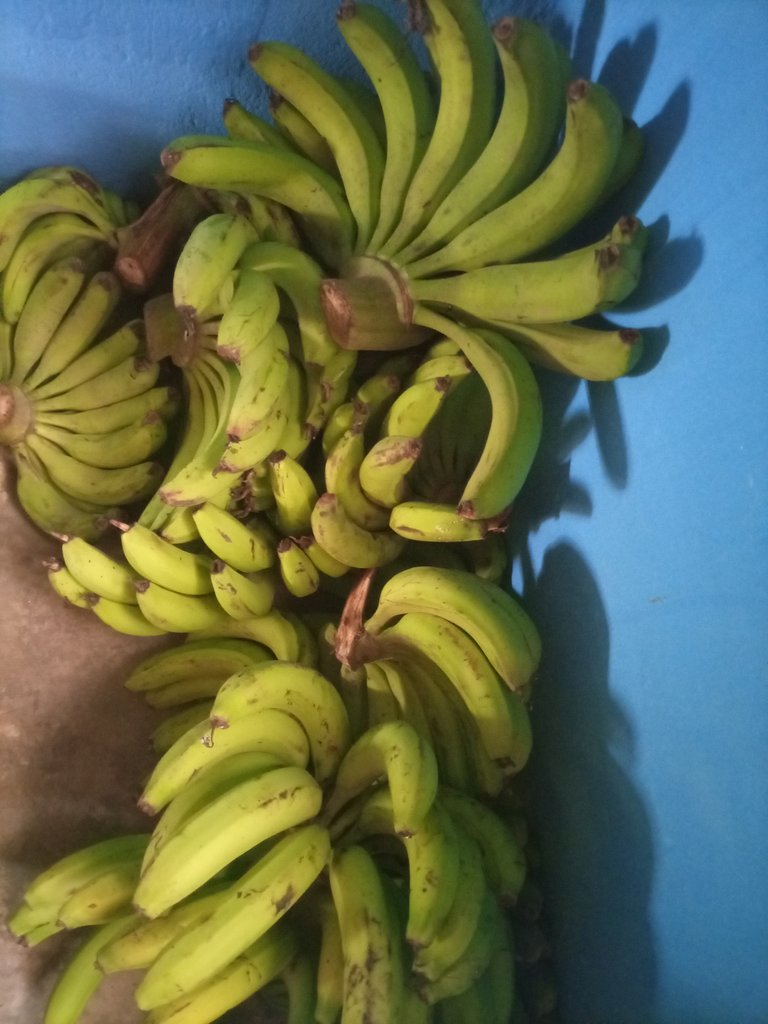Unveiling the best way to plant banana
Good morning my good people of hive community, I hope we all are doing well. I am here to share my knowledge on how to plant banana.

Bananas, with their delicious taste and nutritional benefits, are a popular fruit enjoyed worldwide. Growing your own banana trees can be a rewarding and relatively simple endeavor. Follow this guide to learn how to plant banana trees and enjoy a bountiful harvest.
1. Choose the Right Banana Variety:
Begin by selecting a banana variety that suits your climate and preferences. Some common varieties include Cavendish, Grand Nain, and Dwarf Cavendish. Ensure the chosen variety is well-suited to your local climate, as bananas thrive in tropical and subtropical regions.

2. Select a Suitable Site:
Banana trees require a sunny location with well-draining soil. Choose an area with at least 6 to 8 hours of sunlight per day. Ensure that the soil is rich in organic matter and has good drainage to prevent waterlogging, as bananas dislike standing water.
3. Prepare the Soil:
Prior to planting, amend the soil with well-rotted compost or organic matter. Bananas prefer slightly acidic to neutral soil with a pH range between 6 and 7. Enriching the soil provides essential nutrients for the young banana plants.
4. Propagation:
Bananas are typically propagated using suckers or pups that emerge from the base of mature banana plants. Select healthy suckers with a good root system. Cut the sucker with a sharp, sterilized knife, leaving some roots attached. Allow the cut ends to air dry for a day before planting.
5. Planting:
Dig a hole large enough to accommodate the roots of the banana sucker. Place the sucker in the hole, ensuring that the soil level matches the level it was at in the previous location. Water thoroughly after planting to settle the soil and eliminate air pockets.

6. Mulching and Watering:
Apply a thick layer of organic mulch around the base of the banana tree to retain moisture, suppress weeds, and provide additional nutrients. Water the banana plant regularly, ensuring that the soil remains consistently moist but not waterlogged.
7. Fertilization:
Bananas are heavy feeders and benefit from regular fertilization. Apply a balanced, slow-release fertilizer every 2-3 months, especially during the growing season. Potassium-rich fertilizers are particularly important for fruit development.
8. Pruning:
Remove dead or damaged leaves regularly to promote air circulation and prevent disease. Prune away excess suckers, leaving only a few healthy ones to encourage robust growth.
9. Protect from Cold Temperatures:
Bananas are sensitive to cold temperatures. If you live in an area with occasional frosts, consider protecting your banana tree by covering it with a blanket or burlap during colder nights.
10. Harvesting:
Patience is key when growing bananas, as it may take 9 to 12 months for the plant to produce fruit. Harvest bananas when they are fully grown and have a slight yellow color. Cut the entire bunch from the tree and allow the bananas to ripen further indoors.
By following these steps, you can successfully plant and cultivate your own banana trees, providing a fresh and delicious supply of bananas for you and your family. Enjoy the satisfaction of growing this tropical delight right in your own backyard!
Thanks for stopping by to read my article, I believe you enjoyed it.
@tipu curate
Upvoted 👌 (Mana: 1/41) Liquid rewards.
Thank you sir